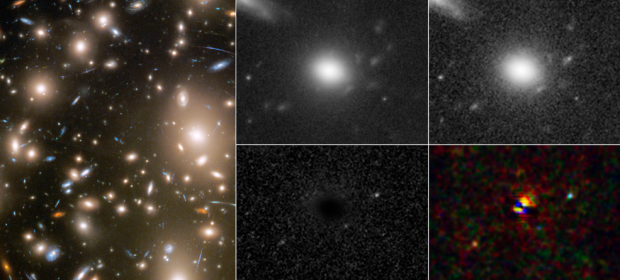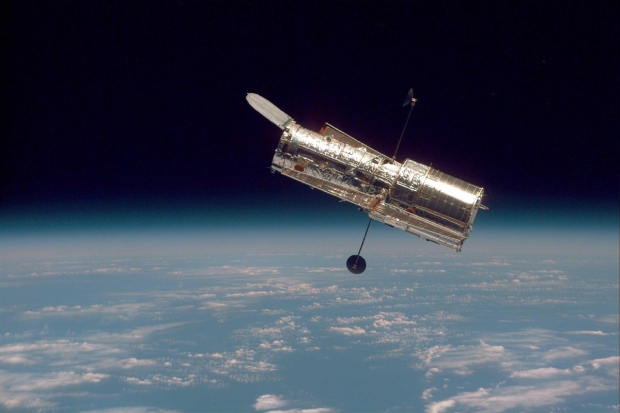NASA's Hubble Space Telescope, which has been in operational service for 32 years and counting, witnessed the moment a star started exploding more than 11 billion years ago.
A new study published in the scientific journal Nature details a team of astronomers combing through Hubble's observational data from 2010 when they realized that the space telescope witnessed a star exploding. Notably, NASA explains on its website that witnessing a star exploding, or more accurately, going supernova, is actually quite a rare event as the period of time that it can be detected ranges from a few hours to just a few days. Hubble managed to capture a sequence of images that show the progression of the supernova.
NASA explains in its blog post on its website that this supernova happened when the universe was extremely young, less than a fifth of its current age of 13.8 billion years. Furthermore, the space agency writes that the observation wouldn't have been possible without a phenomenon called gravitation lensing, which was caused by the galaxy cluster Abell 370.
"Abell 370 acted as a cosmic lens, bending and magnifying the light from the more distant supernova located behind the cluster. The warping also produced multiple images of the explosion over different time periods that all arrived at Earth at the same time and were caught in one Hubble image. That was possible only because the magnified images took different routes through the cluster due both to differences in the length of the pathways the supernova light followed, and to the slowing of time and curvature of space due to gravity," writes NASA.

Three different moments in a far-off supernova explosion captured by the Hubble Space Telescope
"You see different colors in the three different images. You've got the massive star, the core collapses, it produces a shock, it heats up, and then you're seeing it cool over a week. I think that's probably one of the most amazing things I've ever seen!," said Patrick Kelly, study leader and an assistant professor in the University of Minnesota's School of Physics and Astronomy.


